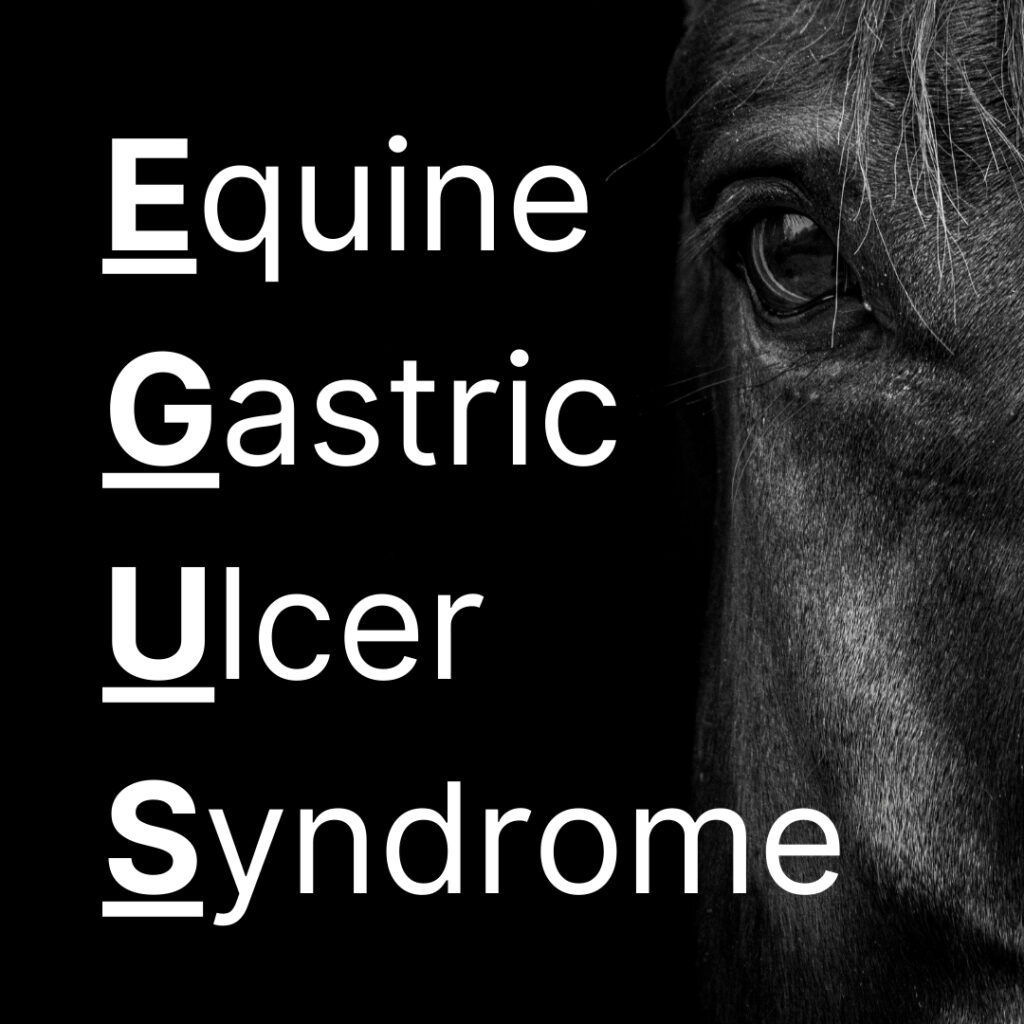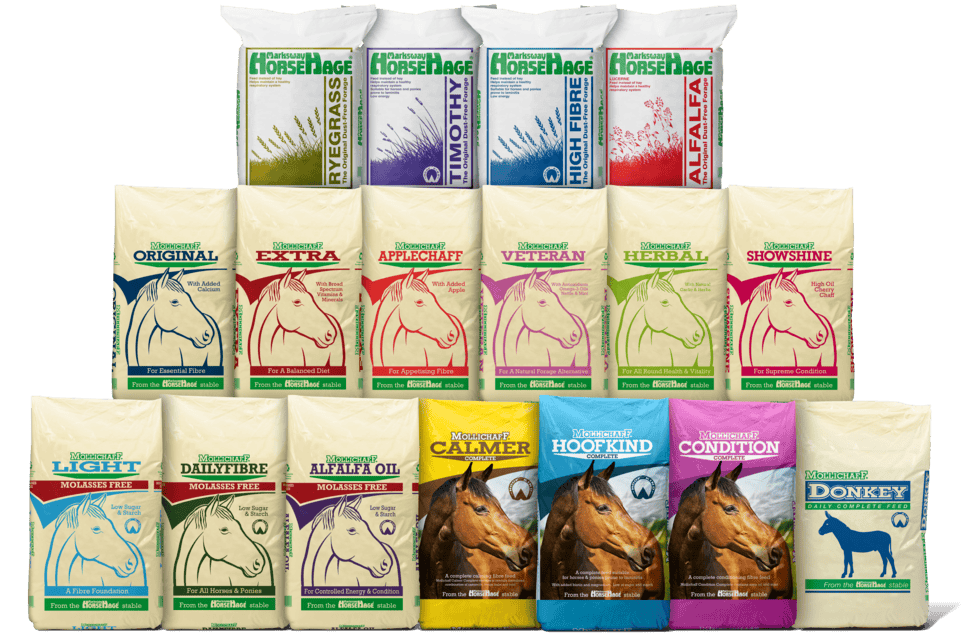
What is EGUS?
Equine Gastric Ulcer Syndrome (EGUS) is the generic term to describe inflammation causing ulcers and lesions within the squamous (non-glandular) and glandular regions of stomach.
Around 80% of horses with EGUS are diagnosed with ulcers in the squamous regions, with a lower prevalence in the glandular region.
The cause of EGUS in the glandular region is not fully determined, but many cases of EGUS have been linked to diet, stress, environment, and inflammation. EGUS can affect all horses and ponies of any age, however, it is more frequently seen in performance horses and ponies, as well as foals.
EGUS can only be conclusively diagnosed by gastroscopy performed by a vet. Although this condition can be painful and reoccurring, the symptoms can be vague and often vary between each horse.
For example, poor appetite, weight loss and behavioural changes are commonly seen. If you suspect that your horse has EGUS it is essential that you call your Vet straight away to ensure you horse has the correct diagnosis and treatment plan.
Feeding and management advice for EGUS
Provide high quality forage ad lib where possible. Low calorie forage works best for good doers as it gives them plenty of time to chew, without risking unnecessary weight gain.
Try to avoid leaving your horse without food for longer than 4 hours.
Saliva helps to neutralise stomach acid levels, but it is only produced when a horse is chewing. Increasing the horse’s chewing time will increase the amount of saliva they produce, which helps to reduce the risk of inflammation and ulcers.
Horses are grazing animals and are designed to eat little and often. Therefore, making bucket feeds smaller and more frequent will benefit your horse’s digestive health.
Most forage will take longer to eat than concentrate feed such as cereals, which means horses will be chewing for longer.
Alfalfa has naturally high levels of protein and calcium, which helps to buffer against acidity and reduce the risk of ulcers.
A low starch and high fibre diet is best suited to horses with EGUS. High starch feeds have been linked to increasing the risk of ulcers.
Feeding your horse a double handful of chaff or forage or giving them a haynet roughly 20-25 minutes before exercise begins can help to form a physical mat or buffer to help prevent acid splash back.
While your horse is having treatment for ulcers it is best to reduce the intensity and duration of exercise to help improve healing.
Make changes to horses’ diet slowly, this supports a healthy gut microbiome.
Always provide continuous access to fresh drinking water, as a lack of water has been linked to the occurrence of ulcers.
How environment can impact EGUS
Try to reduce stressful situations where possible.
Remember travelling, competitions and staying in a busy environment can be stressful.
Where is your horse’s field and stable? Is your horse next to the feed room? Or next to a horse that is very grumpy or is he getting bullied in the field? These are all things that can affect the horse’s stress levels and could increase the risk of ulcers.
Monitoring a horse with EGUS is vital and all treatment plans must be discussed with your Veterinary team.
Want free nutritional advice?
Our friendly and knowledgeable team is available on weekdays from 9am to 5pm.
Give us a call at 01803 527274 or send an email to sales@horsehage.co.uk


